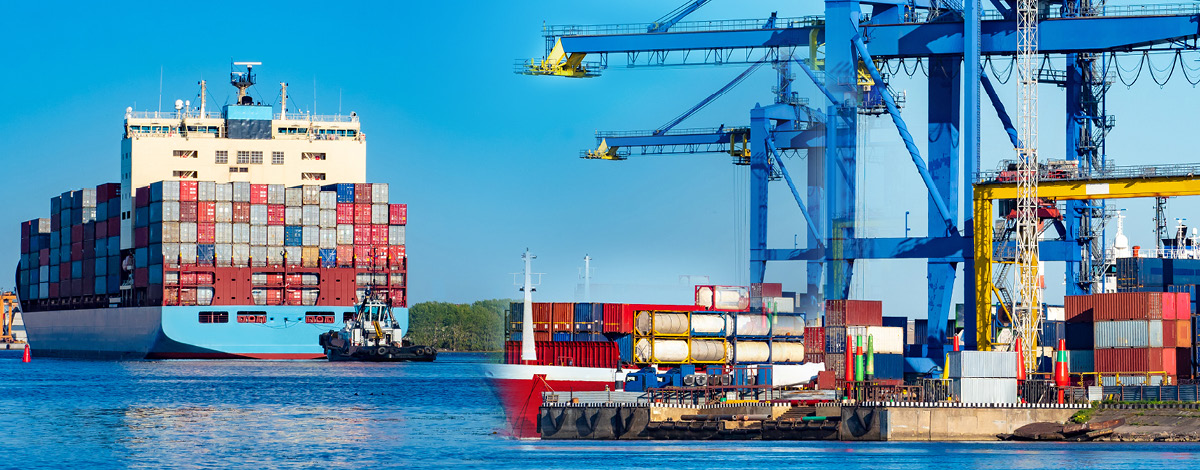Japan’s equity market is undergoing a structural reset. In October, Japan experienced its strongest month in net equity inflow in at least two decades. Net purchases by foreign investors reached 3.44 trillion yen, largely beating the previous record of 2.68 trillion yen in April 2013. A few factors contributed to the rally:
- Expectations of pro-growth stimulus under new leadership of Sanae Takaichi.
- Optimism on AI-related stocks.
- Normalization of policy interest rate to create a sustainable and wage-driven inflation.
- Acceleration of Tokyo Stock Exchange’s (TSE) corporate governance reforms.
According to Bloomberg, net equity outflows during 2015–2022 were about 13 trillion yen. So, it is reasonable to think that there is plenty of room for more inflows in the future.
Political impact and AI sentiment can be volatile. At Global Alpha, we would rather focus on structural changes such as sweeping TSE reforms and normalization of policy interest rate for healthy inflation. These two factors have been the game changers of Japan equity market in the past three years.
Game changer #1: TSE reforms
The positive impact of the TSE reforms on the market is mainly reflected in higher dividends, share buybacks, return on equity (ROE) and price-to-book value (P/B). Since TSE’s initiative on increasing shareholder values in 2023, we have seen notable increases in dividend and share buybacks.
Sources: Factset, Jefferies
In the global context, Japan still has a long way to go to improve its ROE and P/B. Currently, 47% of stocks in Japan Prime Index are trading below 1x P/B. In contrast, the percentage is 15% in MSCI Europe and 5% in S&P 500. Median ROEs during 2000–2024 for MSCI regions are 10.1% in Japan, 12.0% in Europe and 16.2% in the United States. Working toward global standards could be attractive opportunities for Japan equities.
Game changer #2: Normalization of policy interest rate
In March 2024, Japan exited its negative interest rate policy with the first hike in 17 years. Since January 2025, the rate has been stable at 0.5%. Bank of Japan (BOJ) expects core inflation to be around 2.7% for fiscal year 2025, slowing to 1.8% in fiscal year 2026 and returning to its 2% target in fiscal year 2027. Recent BOJ meeting summaries indicated a chance of further interest rate hikes.
Year to date, “banks” is among the top performing industry groups in the MSCI Japan Small Cap Index, up 46.8%. We have two holdings directly benefiting from both the rising interest rate cycle and improving corporate value.
- Yokohama Financial Group Inc. (7186 JP)
- One of Japan’s largest regional banks, growing both organically and via M&As.
- A key differentiator is that its main customer base is in Kanagawa prefecture, close to Tokyo, which has a stable population outlook and strong economic growth.
- ROE has been consistently improving from 2.3% in fiscal year 2021 to 7.0% now.
- P/B also increased from 0.45 in fiscal year 2021 to 1.0 now.
- After the recent quarter results, the company upgraded its full-year guidance for earnings and dividends.
- Further, it unveiled a share buyback program for up to 30 billion yen.
- Rakuten Bank Ltd. (5838 JP)
- Japan’s first and largest digital bank by both customer accounts and deposit balances.
- Its parent company Rakuten Group is the number one web brand in Japan with over 100 million members, which continues to benefit Rakuten Bank in customer acquisition and cross-selling.
- The company is targeting roughly 25 million customer accounts and 20 trillion yen in deposits by fiscal year 2027.
- Among the six digital banks in Japan, Rakuten Bank achieved the highest deposit growth in the past five years.
- ROE has consistently been improving from 12.3% in fiscal year 2021 to 20.2%.

